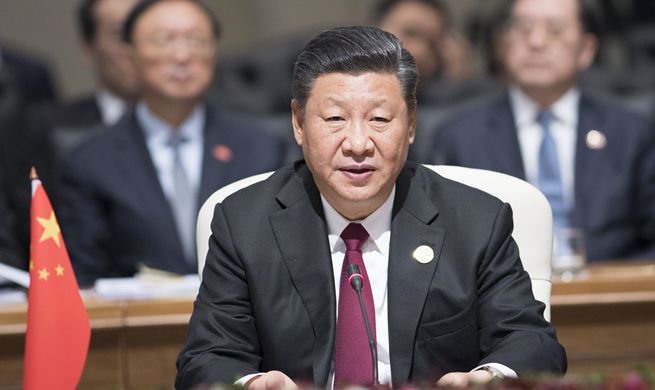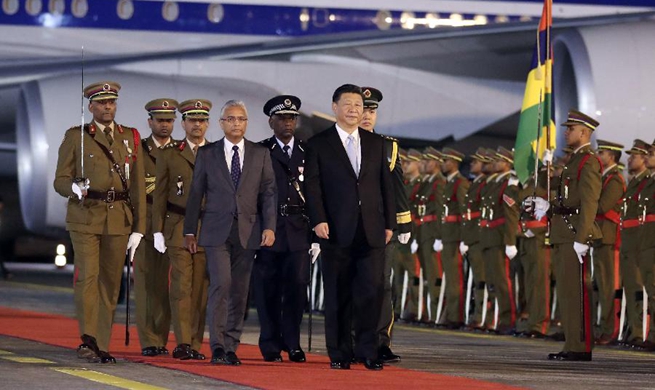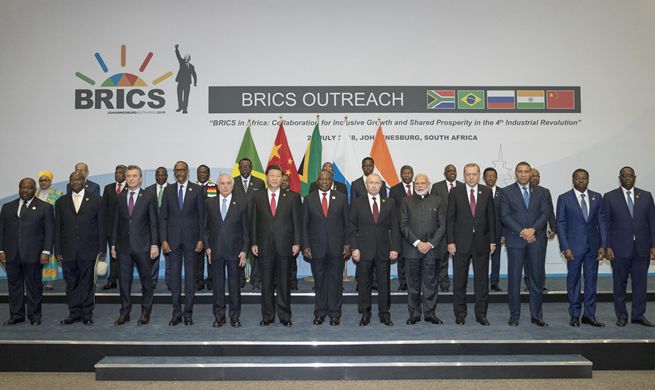CHICAGO, July 28 (Xinhua) -- Chicago Board of Trade (CBOT) agricultural commodities closed higher over the trading week which ended July 27, with wheat futures surging nearly 3 percent, supported by concerns about crop shortfalls in key production areas around the globe.
The most active corn contract for December delivery rose 7.25 cents weekly, or 1.96 percent, to 3.7625 dollars per bushel. September wheat delivery surged 14.5 cents, or 2.81 percent, to 5.305 dollars per bushel. November soybeans added 20.5 cents, or 2.05 percent, to 8.8525 dollars per bushel over the week.
CBOT corn futures rallied 7.25 cents on the week. The market has largely been following wheat, but major exporter corn supply and demand is historically tight. Most importantly, a new record U.S. yield will only marginally change global stocks and use.
Argentina will compete with the U.S. for expect demand in the next 45 days or so. However, there's little doubt the U.S.Department of Agriculture (USDA)'s U.S. export forecast is 150-300 million bushels low. This will offset any U.S. yield gain.
Close attention will be paid to Pro Farmer's annual crop tour in mid-August following disappointing spring wheat yields, despite high crop ratings. And like wheat, the world needs 7-8 million more corn acres in 2019/20 to prevent further declines in world exporter stocks. Seasonal lows have been forged in CBOT corn.
U.S. wheat futures ended the week sharply higher, led by European markets and spring wheat futures in the United States. The Northern Hemisphere harvest has turned out worse than expected and with additional cuts made to crops in North Europe this week, the world exporter balance sheet is tightening.
And Ukrainian yields are running below USDA's July forecast. Spring wheat yields in the U.S. were capped by early and mid-summer heat. Canadian harvest estimates are declining. And crippling drought continues across the East Australia.
Soybean futures rallied over 20 cents this week, and November delivery price is now 60 cents above it's early July low. Analysts fully expects these lows to hold on record large U.S. demand.
But unlike grains, soybean outlook remains rigidly neutral. Europe stated this week it aims to buy more U.S. soybeans in 2018/19 in order for U.S. tariffs on EU goods to be eased. Traders note that Europe already was going to buy soybeans exclusively from the U.S. amid steep discounts to South American origins.
U.S. weather needs to be monitored with pockets of new dryness emerging and heat projected to return to the Central U.S. August weather will determine U.S. soybean yields.

















